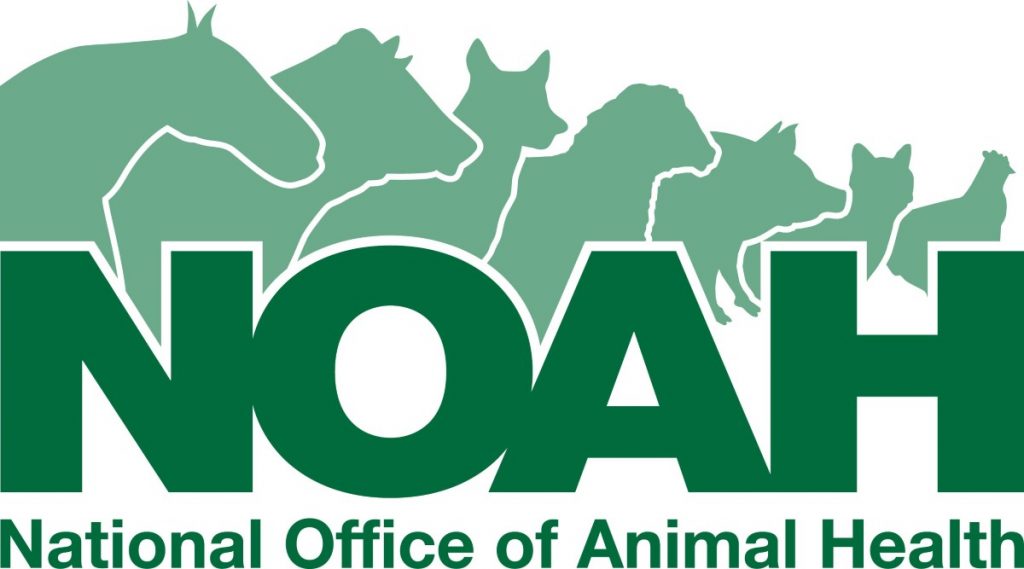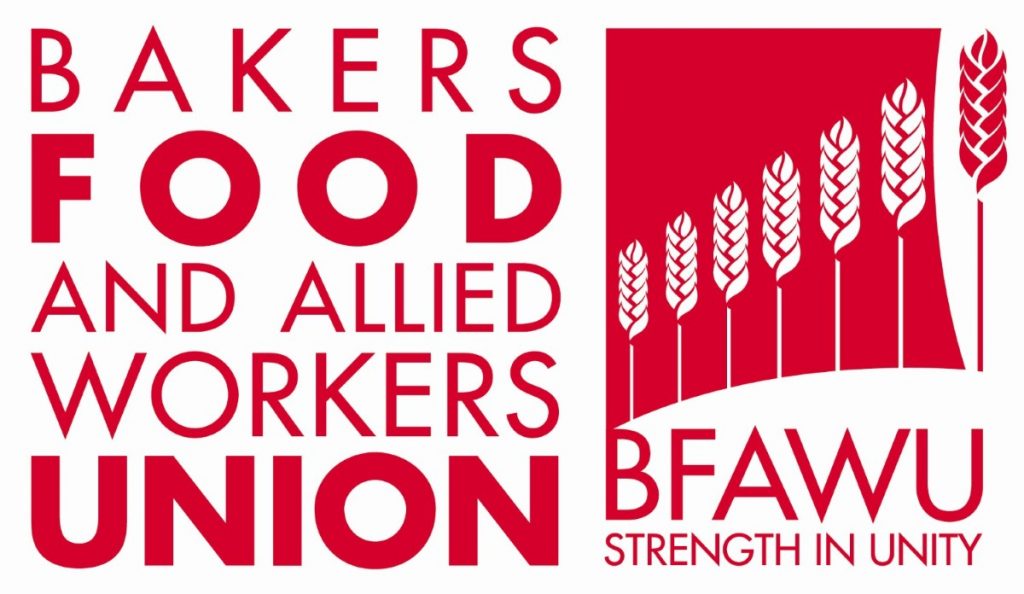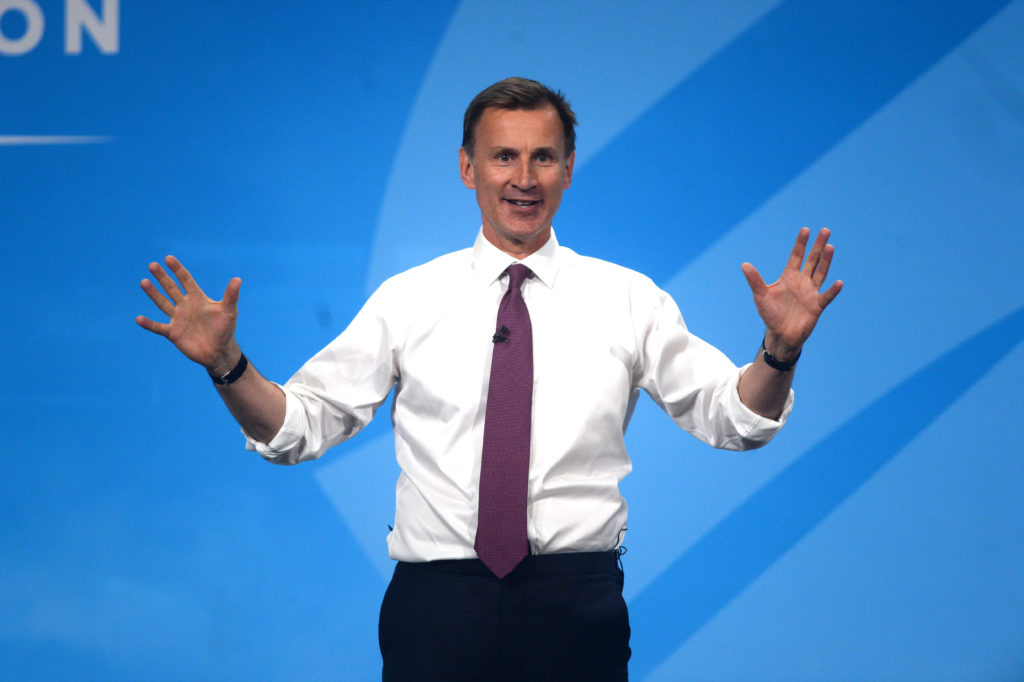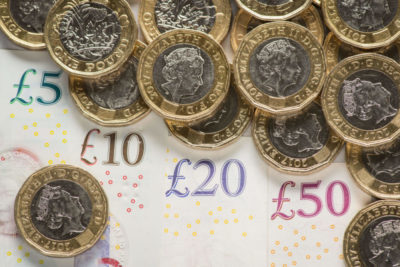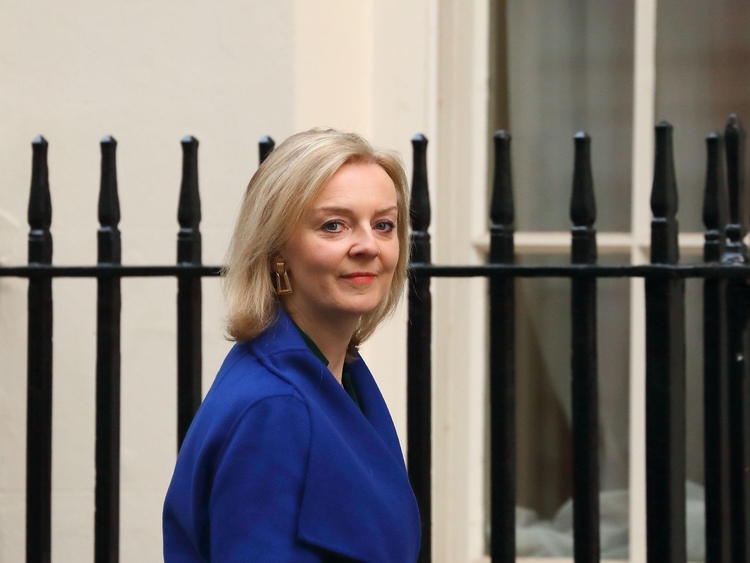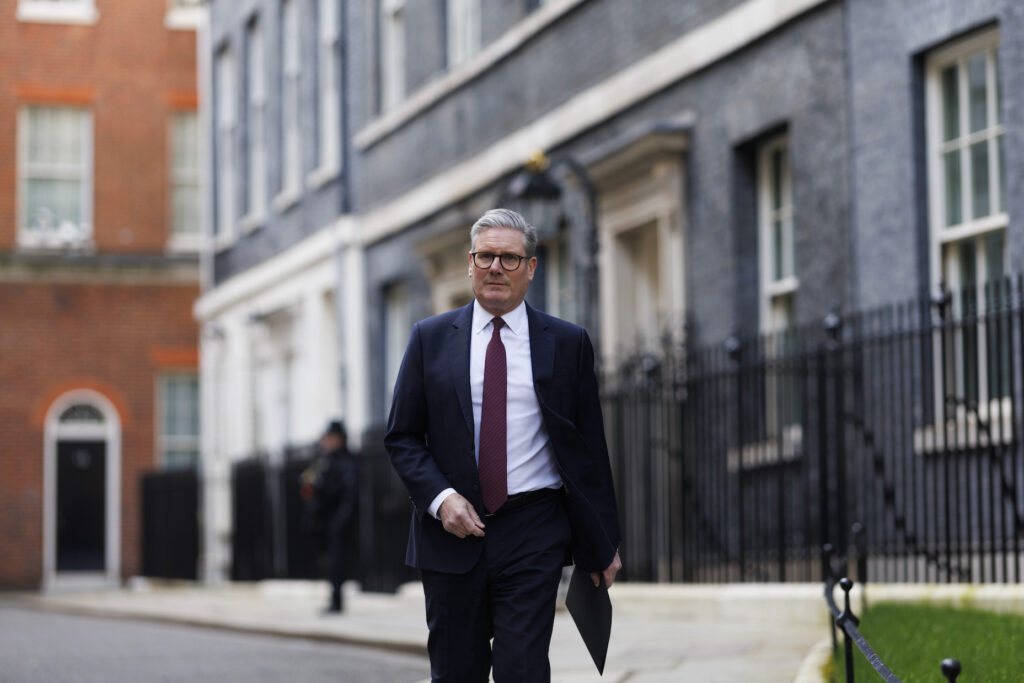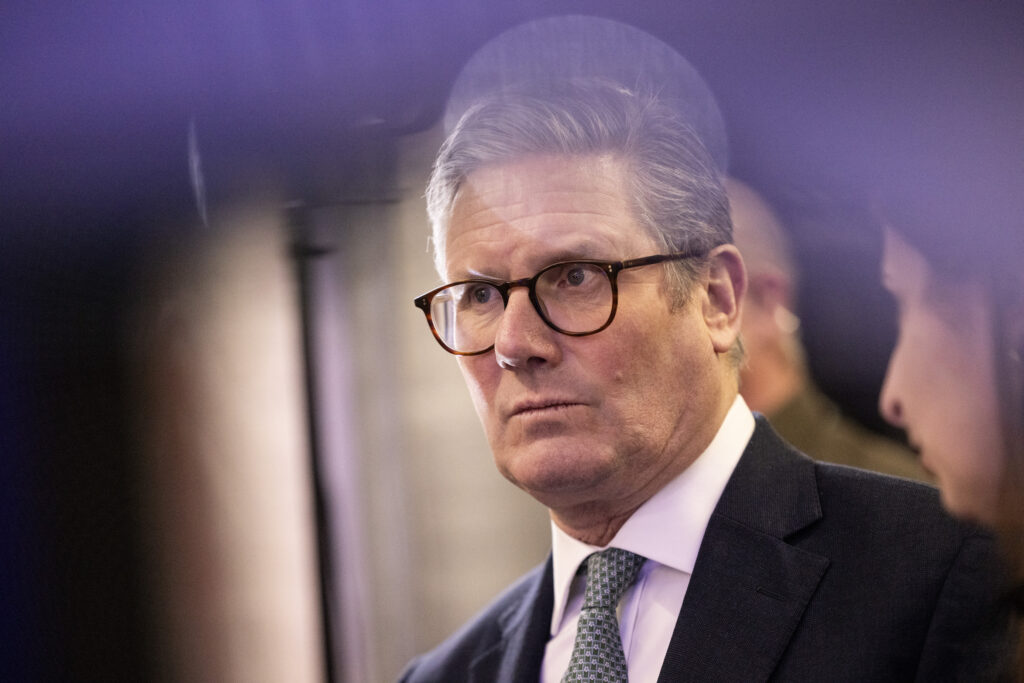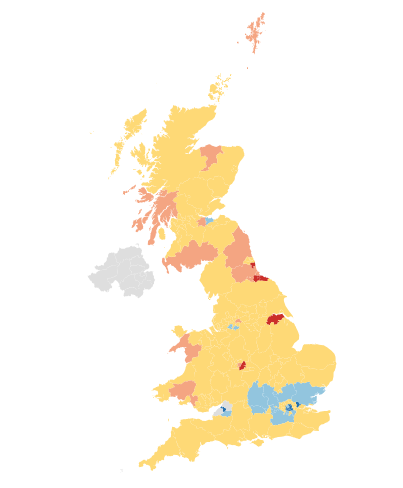What is income tax?
Income Tax is the principal form of direct personal taxation in the UK. It takes the form of a proportion of a person’s earnings, which is collected by HM Revenue & Customs (HMRC) and passed to the Treasury.
The main forms of income that are liable to Income Tax are earnings from employment and self-employment, retirement pensions, income from property, interest on savings, and dividends from investments. It is also payable on tips and bonuses.
Deductions to account for Income Tax are usually made “at source”: that is, they are deducted by the paying authority (the employer) and passed to HMRC without ever reaching the individual. Self-employed people, however, must self-assess their own tax liabilities on an annual tax return and make any necessary payments to the taxation authorities themselves.
The types of income exempt from Income Tax are most means-tested benefits, employer or employee pension contributions, student grants, loans or scholarships, and earnings from certain types of saving products, such as National Savings Certificates and Individual Savings Accounts.


UK residents are allowed to earn or receive a certain amount of taxable income each year tax-free. This is known as a ‘Personal Allowance’. A Blind Person’s Allowance may also be added to the Personal Allowance for those registered blind.
Income tax rates
Once an individual earns more than their tax free personal allowance (£12,570), tax is charged on their taxable income at the basic rate (20%) up until their earnings reach the basic rate limit (£50,270). Despite rising inflation these income tax thresholds are set to remain fixed until 2028, something which will contribute to an increase the overall tax burden as salary levels rise.
Income earned in excess of the basic rate limit is taxed at the higher rate (40%) until an individual reaches the higher rate limit of £125,140 Thereafter all income is taxed at the additional rate (45%).
Within the UK income tax system, there are then specific allowances for savings and dividend income.
Savers are entitled to claim a Personal Savings Allowance (PSA). This applies a tax rate of 0% on the first £1,000 of savings income for basic rate taxpayers. The allowance applies a 0% rate for up to £500 of savings income for higher rate taxpayers. Additional rate taxpayers are not eligible for the allowance.
Those in receipt of dividend income (a share of company or investment profits) are entitled to a Dividend Allowance. Under this allowance, those in receipt of dividends were taxed at the rate of 0% up to £2,000, albeit this allowance is to reduce to £1,000 from April 2023 and £500 from April 2024.
Above this limit, dividend income is charged tax at a basic rate of 8.5%, up to the basic rate limit. Dividend income above this limit is charged at a higher rate of 33.75%, up to the higher rate limit. Dividend income above this limit is charged at an additional rate of 39.35%
Individuals whose income is insufficient to make full use of their personal allowance may transfer a fraction of the allowance to their spouse or civil partner, up to a maximum amount (£1,260 in 2021/22). Individuals cannot make use of the transferable tax allowance if their spouse or partner is liable to tax above the basic rate of tax.
Under the UK’s current devolution settlement, the Scottish government has the power to vary certain provisions in relation to income tax in Scotland, although it does not have the power to set the level of the initial income tax personal allowance. For Scottish taxpayers there is a starter rate of tax of 20% (on income earned between £14,877 and £24,561). However there is then a higher intermediate income tax rate in Scotland than in England. In Scotland in 2023/4, income tax was charged at 21% on earnings over £26,562, and 42% on earnings over £43,663, and 45% on earnings above £75,000.
How much does income tax raise?
Income tax is the largest contributing source to the government’s revenues. In the 2022/23 financial year, income tax generated a total of £250 billion out of the government’s total receipts of £1,027 billion.
This compared to £178 billion that was generated from National Insurance Contributions, £162 billion from VAT, £86 billion from Corporation Tax, £42 billion from council tax, £44 billion from capital taxes, £22 billion from tobacco and alcohol duties, £25 billion from fuel duties, and £25 billion from business rates.
In terms of international comparisons, the Organisation for Economic Co-operation and Development (OECD) reported that the UK raises slightly less tax revenue as a share of GDP than the average of other major nations. In 2019/20, OECD average country tax revenues were equivalent to 33.5% of GDP; in the UK they were 32.8% of GDP.
According to the OECD ‘s revenue statistics, in 2019, the UK raised more from taxes on property, as a share of GDP, than any of 34 OECD countries. However when it came to taxes taxes on income, profits and capital gains, the UK was in the middle of the OECD pack. As a proportion of national income, 15 countries raised more from than these sources than the UK, while 18 raised less.
According to UK government figures, total receipts from income tax are forecast to rise to £198.2 billion in 2021/22 and to £248.2 billion by 2025. This impending increase in income tax receipts is a function of the anticipated growth in the economy, and the decision in 2021 to freeze personal allowances for the first half of the 2020s.
The burden of income tax
The bulk of income tax payments themselves originate from those with the highest incomes.
According to HMRC figures, in 2019/20, the top 1% of income tax payers (those expected to have pre-tax incomes of over £189,099) received 13% of all income, and contributed 30% of all income tax receipts.
The same HMRC figures showed the top 10% of income taxpayers, in terms of those receiving the largest incomes, contributed over 60% of all income tax receipts.
The lowest 50% of income taxpayers (those with incomes under £26,300) were expected to contribute around 9% of income tax receipts.
Since 2010, a number of policy changes, most notably increases in the starting personal allowance threshold above which income tax is charged., have reduced the total amounts of income tax paid by those on lower incomes compared to those on higher incomes.
Official figures show the proportion of total income tax paid by the top 10% of tax earners has nearly doubled in the last twenty years.
Income Tax is though only one source of government revenue, and as a proportion of their household income, those with lower incomes pay far more in indirect taxes (most notably, VAT, fuel duty, and alcohol and cigarette duties). According to the Office of National Statistics, in 2017, the poorest fifth of households paid the most as a proportion of their disposable income on indirect taxes – 29.7% compared with 14.6% paid by the richest fifth of households.
Should income tax go up?
A person’s approach to income tax is likely to be a function of their wider political outlook.
Put most simply, those who are more economically liberal tend to favour lower rates of income tax. They argue that it is only right that people should be able to keep a higher proportion of what they have earned. Moreover they claim that raising the levels of income tax, particularly on higher earners, discourages enterprise and holds down economic activity. It impacts on economic growth, and by leaving the country poorer, harms society as a whole.
They also point to how the highest earning tenth of taxpayers already contribute three fifths of income tax receipts, and warn that (in a very mobile world) increases in income tax rates may both lead to the exodus of some of these taxpayers abroad, and cause other taxpayers to decide to work less or retire. Over time, they maintain that this higher tax approach will lead to lower overall tax revenues being generated by the government, something which will then increase the pressure to further raise overall tax rates on the general population as a whole. It will also put pressure on the ability of the government to fund public services. In this sense, they present raising income tax, particularly on higher earners, as being a ‘vindictive’ and self-inflicting measure.
By contrast, those approaching politics from a more socialist perspective, argue that increases in income tax constitute an important part of efforts to tackle the issue of ‘obscene’ earnings and to improve equality in the United Kingdom.
They argue that increases in income tax rates, allied to measures clamping down on tax evasion, will generate more revenues for the government. The extra tax revenue that they believe will be generated from higher rates of income tax, can then be directed by the government towards the common good. It is further argued that taking the lowest paid out of taxation has the potential to support economic growth, given the potential for high relative patterns of consumption (relative to savings) amongst lower socio-economic taxpayer groups.
Separate to these wider ideological debates, there are a number of other intricacies around the government’s approach to income tax which attract a wider spectrum of discussion.
Whist headline attention is directed upon the rate of income tax as the major barometer of tax levels, critics reference how income tax itself represents less than a quarter (23.4%) of government income. This compares to the position in 1975, when 40.0% of all tax revenues raised in the UK came from taxes on personal income, profits and capital gains, while 17.5% were raised from social security and payroll taxes and 8.9% from broad-based consumption taxes.
This has led people to point to the increase in other taxes and the introduction of new forms of taxation, which it is claimed increase both the nature and overall level of the tax burden, all whilst the government of the day is championing its lower rates of income tax.
During the period of opposition between 1997 and 2010, the Conservative Party dubbed such measures “stealth taxes”, claiming that the Labour Government was continuing to take more money from the public, but through opaque and diffuse measures rather than the transparent (and therefore politically difficult) means of Income Tax. Critics of the Conservative Government might though suggest there has been little difference in approach since the 2010 election.
The types of income liable to Income Tax have also proved a source of controversy. The taxation of pensions and the savings of those on otherwise low incomes has attracted criticism in the past. It has been argued that the majority of pensioners do not have large pensions, and that the system punishes those who have made provision for their retirements by accumulating modest levels of savings.
Similarly, the abolition of the Married Couple’s Allowance in April 2000 was widely criticised by social conservatives for discouraging marriage. By contrast the decision by the Cameron government to reinstate a potential additional tax allowance for those who are married or in civil partnerships (up to £1,260), has been criticized as unfair by single people and those who choose to cohabit but not enter into such formal relationships.
National insurance
Income tax is separate to National Insurance. National Insurance is a social insurance scheme, under which people become eligible for particular social security benefits – known as “contributory benefits” – through a history of contributions to the scheme made both by themselves and by their employers.
However, like Income Tax, National Insurance Contributions (NICs) are deducted at source from people’s earnings. They are then paid into the National Insurance Fund, a proportion of which is allocated to the National Health Service, with the rest funding contributory benefits.
Early 2020s – Increases in National Insurance
In his 2022 Spring Statement, UK Chancellor Rishi Sunak announced that there would be an increase in the level of earnings at which people start paying National Insurance contributions (NICs) from £9,880 to £12,57, starting in July 2022. The rise aligned the NICs thresholds (the primary threshold and lower profits limit) with the point at which people begin paying income tax on their income (the income tax personal allowance). These thresholds are now though set to remain fixed though until April 2026, when previously they have regularly increased by inflation each year.
From April 2022, a new, UK-wide 1.25 per cent Health and Social Care Levy was briefly introduced, ringfenced for health and social care will be introduced on top of the existing rates of national insurance. This was a tax rise announced by the government in the autumn of 2021.
This National Insurance increase was later abolished by then Chancellor Kwarsi Kwarteng in September 2022.
Mid 2020s – The move to abolish Employees National Insurance
In a notable change in policy from the Boris Johnson government, and the period when Rishi Sunak was himself Chancellor of the Exchequer, the latest Conservative Chancellor Jeremy Hunt, has introduced a number of cuts to employee national insurance.
Since 2023, Jeremy Hunt has announced a reduction in the national insurance rates paid by employees and the self-employed from 12% to 6%. In what is described as a cut designed to reward work and eradicate an element of double taxation within the tax system (compared to pensioners who are just pay income tax on their savings income for example), Jeremy Hunt stated his long term ambition to abolish employee national insurance.
Jeremy Hunt has claimed that his latest cut in national insurance will reduce the tax paid by the average worker to the tune of £450 per year. The British Labour Party have said they will maintain this tax cut if they were also in government.
Rishi Sunak and the freezing of personal allowance
In his Budget statement on 3 March 2021 the Chancellor Rishi Sunak announced that both the personal allowance and the higher rate tax threshold would be frozen from April 2022 to April 2026.
This initial freezing of the personal allowance was expected to raise £19.3 Billion from the income tax allowance freezes.
The think tank, the Resolution Foundation has suggested that rather than being frozen at £12,750 and £52,750, the expected standard uprating would otherwise have seen these thresholds rise to £13,540 and £54,340 by April 2025 respectively. The Foundation has said that the majority of the extra revenues will come from the richest households, with richest fifth of households paying £720 per year more on average – twelve times that of the bottom 20 per cent of households (£60).
Commenting on the changes, Torsten Bell, the Chief Executive of the Resolution Foundation drew attention to how freezing the tax free allowance levels, in the face of rising income levels, represented one of the “the least visible options” for rising taxes.
This freeze of the personal tax allowance on income tax was then further extended to 2028 by Jeremy Hunt in his financial statement of November 2022.
This freezing of the personal allowances was justified as a response to the unprecedented pressure on the public finances as a result of the 2020/21 coronavirus pandemic, and expressed in the context of a situation, where personal allowances in the UK were said to have become the most generous of any G20 country.
Whilst a less eye catching measure than any associated direct increases in the rates of income tax, the freezing of the personal allowances (at a time when incomes are expected to rise), will notably substantially increase the government’s income tax receipts.
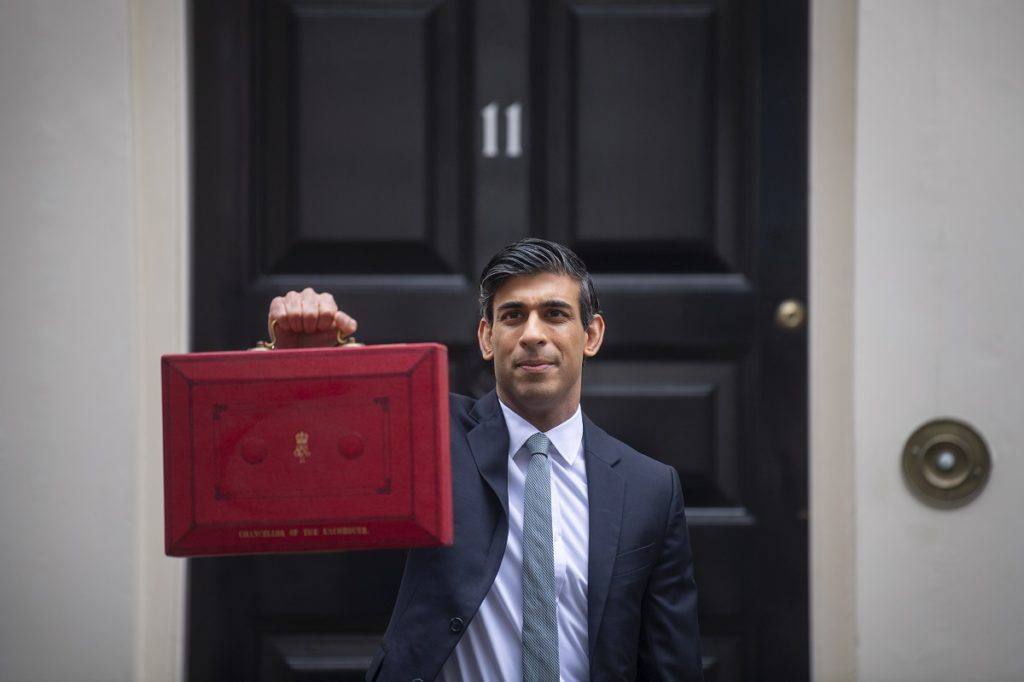
The Chancellor announced a 4 year freeze in personal allowances in his 2021 budget.
In its Economic & Fiscal Outlook published alongside the 2021 Budget report , the Office of Budget Responsibility detailed how the tax rises announced in the 2021 Budget would increase the tax burden from 34% to 35% of GDP by 2025/26, the highest level since Roy Jenkins was Chancellor in the late 1960s.
The history of Income Tax
Early Years
Income Tax was the first tax in British history to be levied directly on people’s earnings. It was introduced in 1799 by the then Prime Minister William Pitt the Younger, as a temporary measure to cover the cost of the Napoleonic Wars.
Today, it remains a temporary tax, which expires on April 5 each year, and has to be renewed as a provision in the annual Finance Bill. The Provisional Collection of Taxes Act 1913 permits the Government to continue to collect Income Tax for up to four months after the expiry of the measure, until the Finance Bill becomes law.
Deduction at source was introduced in 1803 by Henry Addington. At this time, the amount charged was reduced from the original rate of 10 per cent on incomes in excess of £60 per annum, but the earnings threshold was widened to double the size of the liable population.
Income Tax was formally repealed in 1816, a year after the Battle of Waterloo, but it was reintroduced in 1842 by Sir Robert Peel to deal with a massive public deficit. At this time, it was levied only on the very rich, and it remained so for many years. In 1874, it contributed only £6 million of Government revenues of £77 million.
Throughout its 19th Century history, no one expected Income Tax to become a permanent feature of British life. However, as it became accepted (particularly after the World Wars) that the state should do more to provide services for citizens, the long-lived tax has evolved into the principal means of public funding.
Income Tax in the 20th Century
Income Tax rose dramatically in the early 20th Century. A new range of taxes and rates was introduced in 1907 by Herbert Asquith. In 1909, an alternative to Income Tax for high levels of earnings, called the “Surtax” or “Super Tax” was introduced. Super Tax survived until 1973, when it was replaced with the Higher Rate of Income Tax.
By 1918, the standard rate rose to 30 per cent, which brought in £257 million per annum, on top of £36 million from Super Tax. Moreover, by 1930, 10 million Britons were liable for Income Tax.
Income Tax was extended to a larger proportion of the population and its rates increased again in 1945, to pay for the Second World War effort. The current Pay As You Earn (PAYE) system for deducting tax at source was introduced in 1944, replacing the previous system of annual or six-monthly collection. The “tax code”, telling employers the proportion of income to be deducted, and the P45 form was introduced alongside PAYE.
Throughout the initial postwar period, the trend in rates of Income Tax was upwards, as the state increased its range of responsibilities.
This was reversed under the Conservative government of Margaret Thatcher in the 1980s. During her period as Prime Minister, the Basic Rate of Income Tax was reduced from 33 per cent to 25 per cent, and the Higher Rate from 83 per cent to 40 per cent. This was part of her public drive, as she saw it, to reduce the size of government, support hard work, and generate growth by encouraging free enterprise, and freeing up private incomes.
Income Tax in Recent Years
Following the 1997 election the new Labour government promised not to increase the Basic Rate of Income Tax, and it remained at 22 per cent until 2007, when the Chancellor, Gordon Brown, reduced it further to 20 per cent with effect from April 2008.
In 2009, a new 50% rate of tax was introduced by the Brown government, as an emergency response to the pressure on public finances that had suddenly emerged from the 2008 financial crisis. However this 50% rate was reduced back to 45% by George Osborne in his 2012 budget, on the grounds that the change was not raising enough extra income to justify its existence.
Overall, by historical comparisons, the rates of income tax in the United Kingdom have been relatively static during the last twenty five years,
The biggest change in recent times in relation to income tax has come through changes in the level of the Personal Allowance.
In 2010, the new Conservative/Liberal Democrat Coalition government announced substantial changes in the personal allowance for the benefit of lower income taxpayers. In 2011 the personal allowance was increased by £1,000 from £6,476 to £7,475. At the same, the personal allowance was withdrawn from individuals whose incomes exceeded £100,000, with the allowance falling by £1 for every £2 above this income limit, until it is completely withdrawn.
In the aftermath of their 2015 General Election victory, the Conservative government then introduced further increases in the personal allowance. In the 2018 Budget, the then Chancellor Philip Hammond confirmed that the personal allowance and higher rate threshold would be set at £12,500 and £50,000 respectively for 2019/20. The rate then rose further in 2020/21.
However, faced with the impact of the global financial crisis, in 2021 the new Chancellor Rishi Sunak put the handbrake on any further increases in the personal allowance, announcing that the allowances would now be frozen for four years.
In the autumn of 2022, income tax once again returned to the centre of the political debate. In the so called September 2022 mini budget, the Truss administration, proposed a number of high profile changes to income tax. The then Chancellor Kwarsi Kwarteng announced the abolition of the top rate of income tax of 45 pence and a reduction in the basis rate of income tax to 19p. However, following a period of turmoil on the financial markets, these plans were soon reversed by the incoming Chancellor, Jeremy Hunt, in October 2022.
Shadow Chancellor confirms Labour would not raise income tax at the next election




